If you plan to become a UK spy who operates in foreign countries, this is the building in London you’ll have to report to.
The Secret Intelligence Service, or MI6, was in desperate need to change headquarters in the 1980s for several reasons. They moved to one of the most incredible landmarks in the country shortly after.
In this article, you’ll discover some of the most interesting facts about the SIS Building in London, a great example of Postmodern architecture in the city.
1. It’s located next to a famous bridge in a borough in South London
The SIS Building, alternatively known as the MI6 Building at Vauxhall Cross, is an amazing landmark in London located at 85 Albert Embankment in Vauxhall.
This is an area that is part of the London Borough of Lambeth in South London. It’s just south of Westminster on the opposite bank of the River Thames.
The building was constructed right next to the Vauxhall Bridge, one of London’s most famous bridges and is a Grade II listed building.
The current bridge was completed in 1906 but it replaced a much older bridge that was known as Regent Bridge and which opened in 1816. This was an important structure for the development of the south bank of the River Thames.

2. It was constructed to replace MI6’s former very insecure headquarters
The building has been used by the Secret Intelligence Service of the United Kingdom (MI6) since it was completed in 1994.
It was a great improvement for the foreign intelligence service. They originally occupied a relatively small office building at 54 Broadway in London and moved to a 22-story office building called the Century House in 1964.
Located near the Lambeth North and Waterloo underground stations, this location could be described as one of the most insecure places imaginable for a service whose main job is to collect secret intelligence.
Not only is there a gas station at the base of the building, but it’s also mostly made of glass. Not exactly a great place to store classified documents.
Good old British humor in the Daily Telegraph referred to the building as:
London’s worst-kept secret, known only to every taxi driver, tourist guide, and KGB agent.
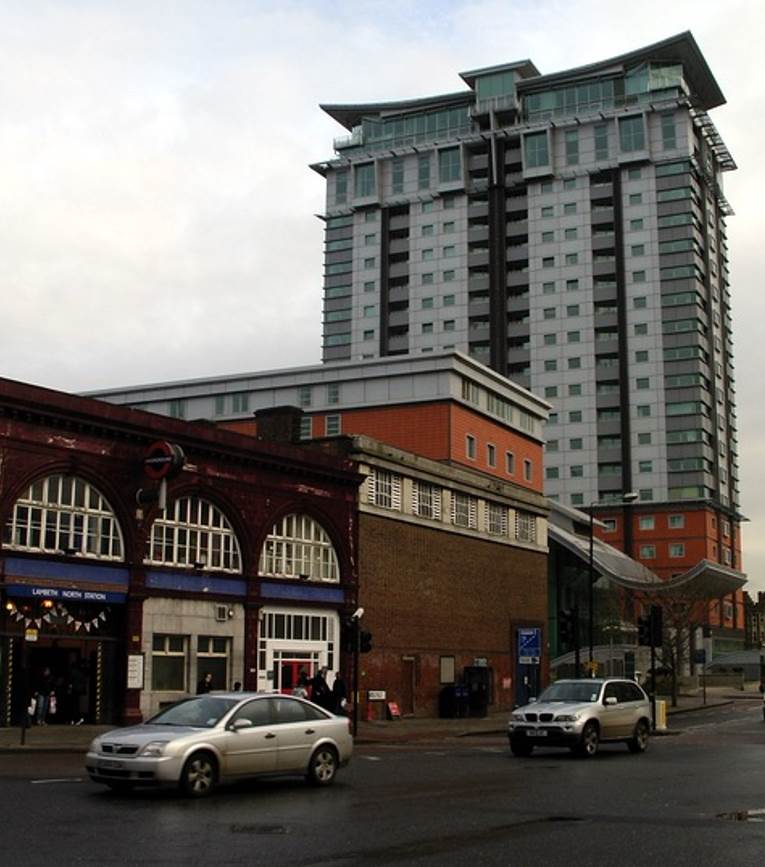
3. This area was once occupied by an 18th-century pleasure garden
The building borders a railroad track which in turn borders the Vauxhall Pleasure Gardens, a relatively small public park in the urban landscape of London.
What’s fascinating about this park is that it was much larger a couple of centuries ago. It has a history that probably dates back to the 17th century.
This public entertainment space was greatly enlarged and improved during the 18th century and it became one of the most popular spots in all of London.
Large areas of trees and shrubs in combination with walking paths made this indeed a great place to hang out back then.
This place could only be reached by boat until the time Vauxhall Bridge was completed in 1816. A large brick wall separated it from the River Thames.
The park closed permanently in 1859 and only a small section was reopened in the 20th century.
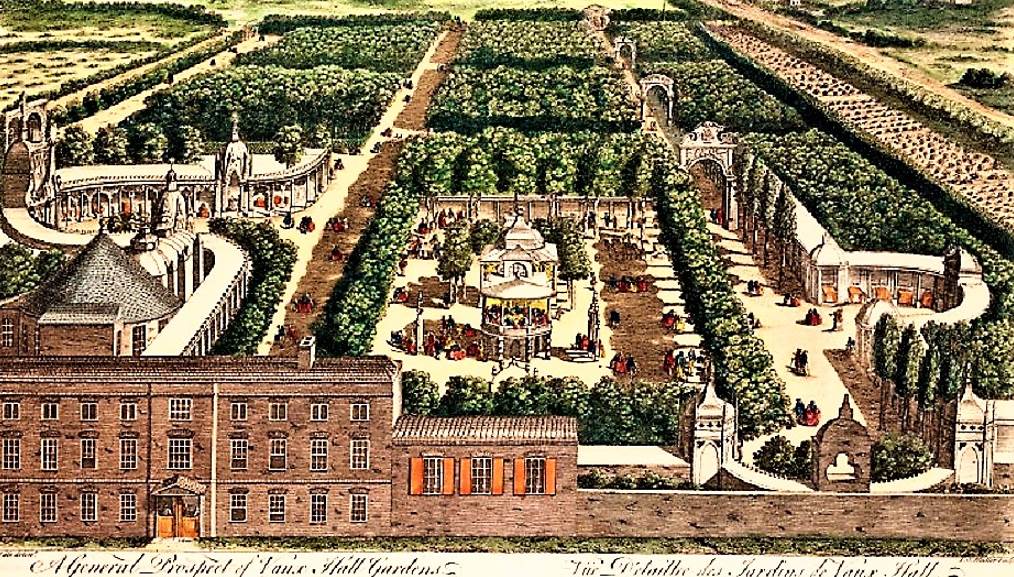
4. The building was designed b a renowned English Postmodern architect
When the pleasure garden was demolished in the late 1850s, the vacant land was occupied by several industrial complexes afterward.
A glass factory, a vinegar factory, and a gin distillery were some of the factories that once stood in this location on the bank of the River Thames.
This property was purchased by a real estate group called Regalian Propertiesnin 1983 and they launched an architectural design competition shortly after.
The competition was won by Sir Terry Farrell, a British architect who became renowned for his major urban redevelopment designs.

5. It was inspired by several industrial buildings from the 1930s
Farrell was one of the leading Postmodern architects in the UK in the 1980s. He designed the immense Charing Cross Station in the City of Westminster which solidified his reputation.
Postmodern architecture revolves around incorporating the area in which the building is constructed into its design.
Because this area was known as an industrial area in South London for multiple decades, Farrell took inspiration from large industrial complexes along the River Thames.
Some of the examples are the Bankside and Battersea Power Stations. The former Bankside Power Station is now occupied by the Tate Modern museum and art gallery.
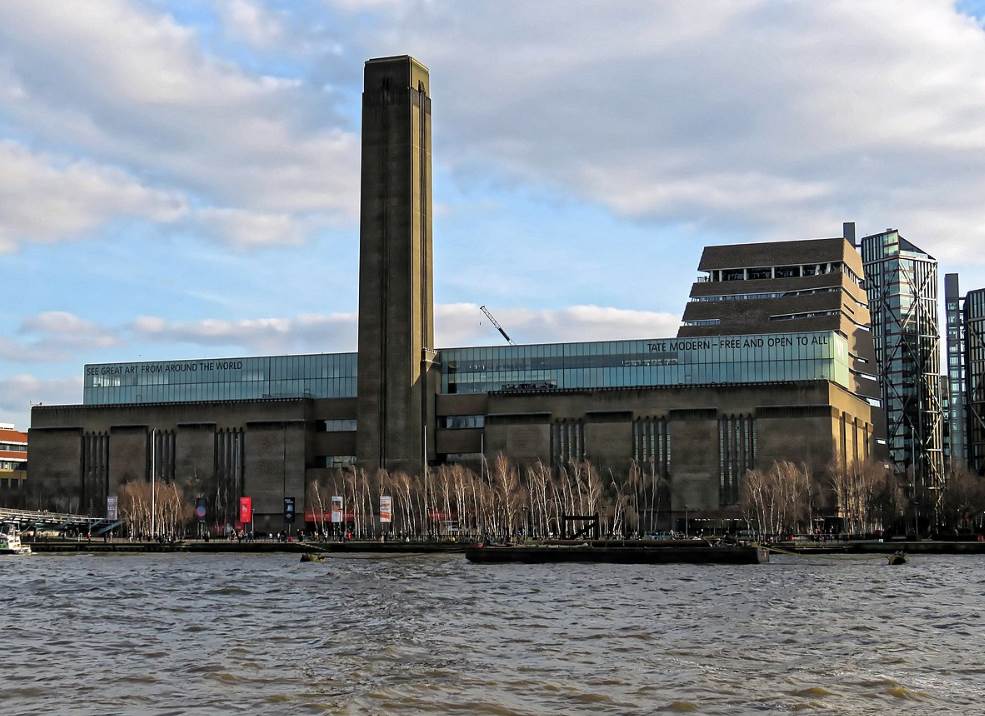
6. The SIS Building features a unique design with 60 different roofs
The architect combined the inspiration of industrial buildings with the design of Mayan and Aztec religious temples.
The building features about 60 different roof areas and it incorporates about 12,000 square meters (130,000 square feet) of glass and aluminum.
Although it doesn’t look that big at first glance, it’s huge as well. It has a total floor area of 23,457.7 square meters (252,497 square feet).
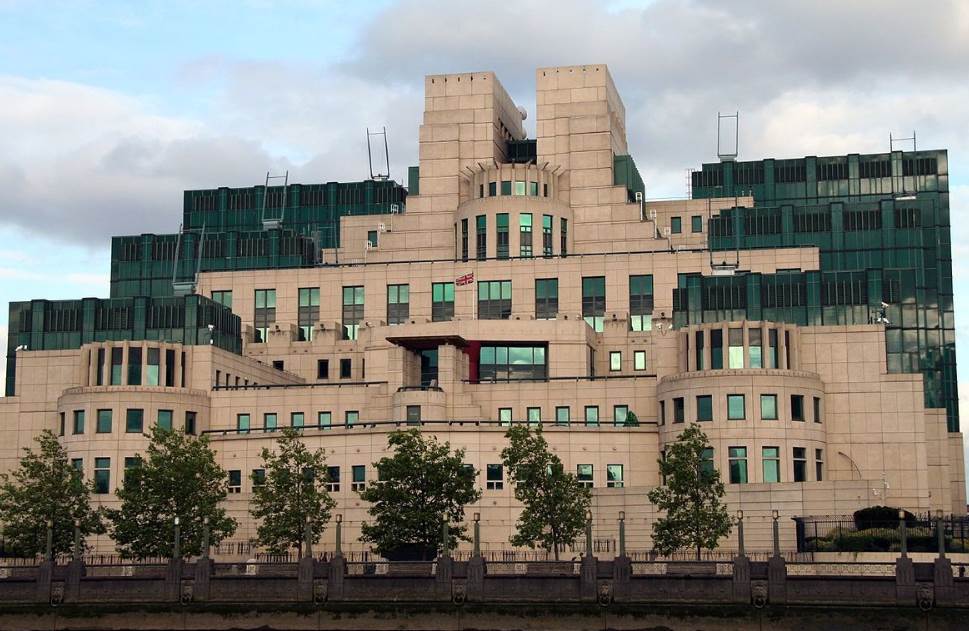
7. There are multiple security measures integrated into the building’s design
The level of security went from extremely pathetic and weak to ultra-strong after the Secret Intelligence Service moved from the Century House to the SIS Building.
A large number of security measures were integrated into the building and this was a major factor why the building cost £152.6 million to acquire.
Here are some of the security features that make the MI6 Building a virtually impenetrable fortress:
- 25 different types of glass were used and all windows are triple glazed.
- Large parts of the building are located below ground level.
- The building features an incredibly complex network of corridors.
- There are two moats surrounding the building similar to the moats of medieval Castles in England.
- There’s a tunnel that runs from the building to Whitehall across the River Thames.
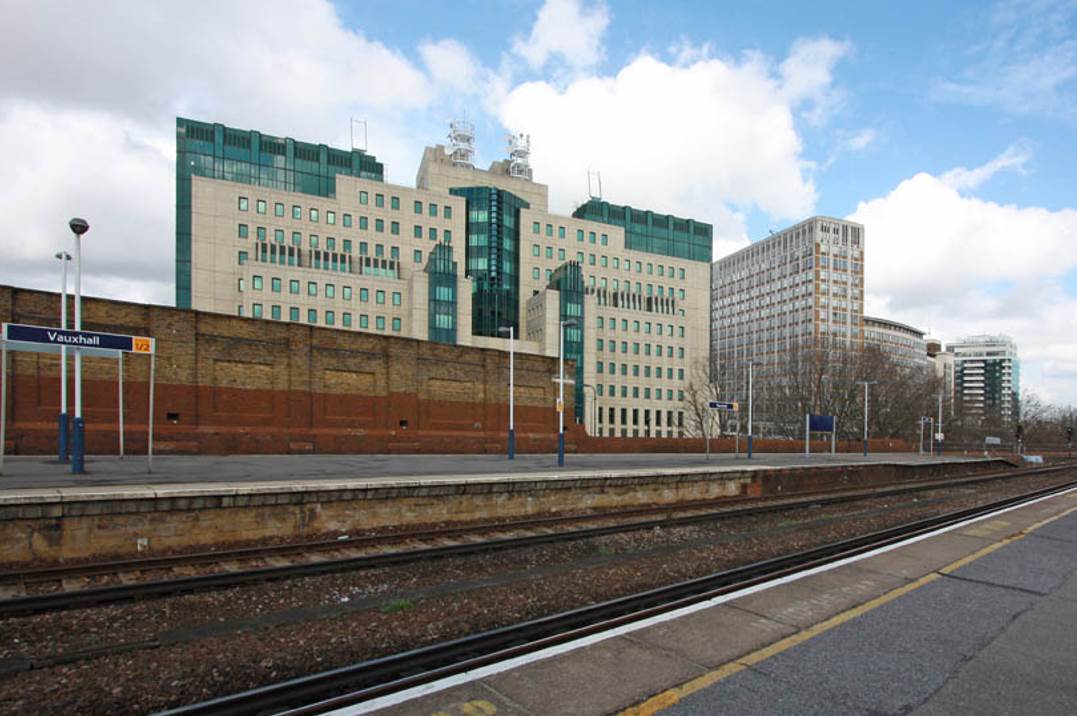
8. The building was destroyed in the 24th James Bond movie
The building was completed in 1994 and it made its first appearance in the 1995 James Bond Movie “GoldenEye.”
Because it has been featured as the headquarters of the 00 Branch of the MI6, ut has been attacked in 3 different movies as well, including “The World Is Not Enough” (1999), “Skyfall” (2012), and “Spectre” (2015).
The most spectacular attack happened in Spectre as you can see in the video below.


